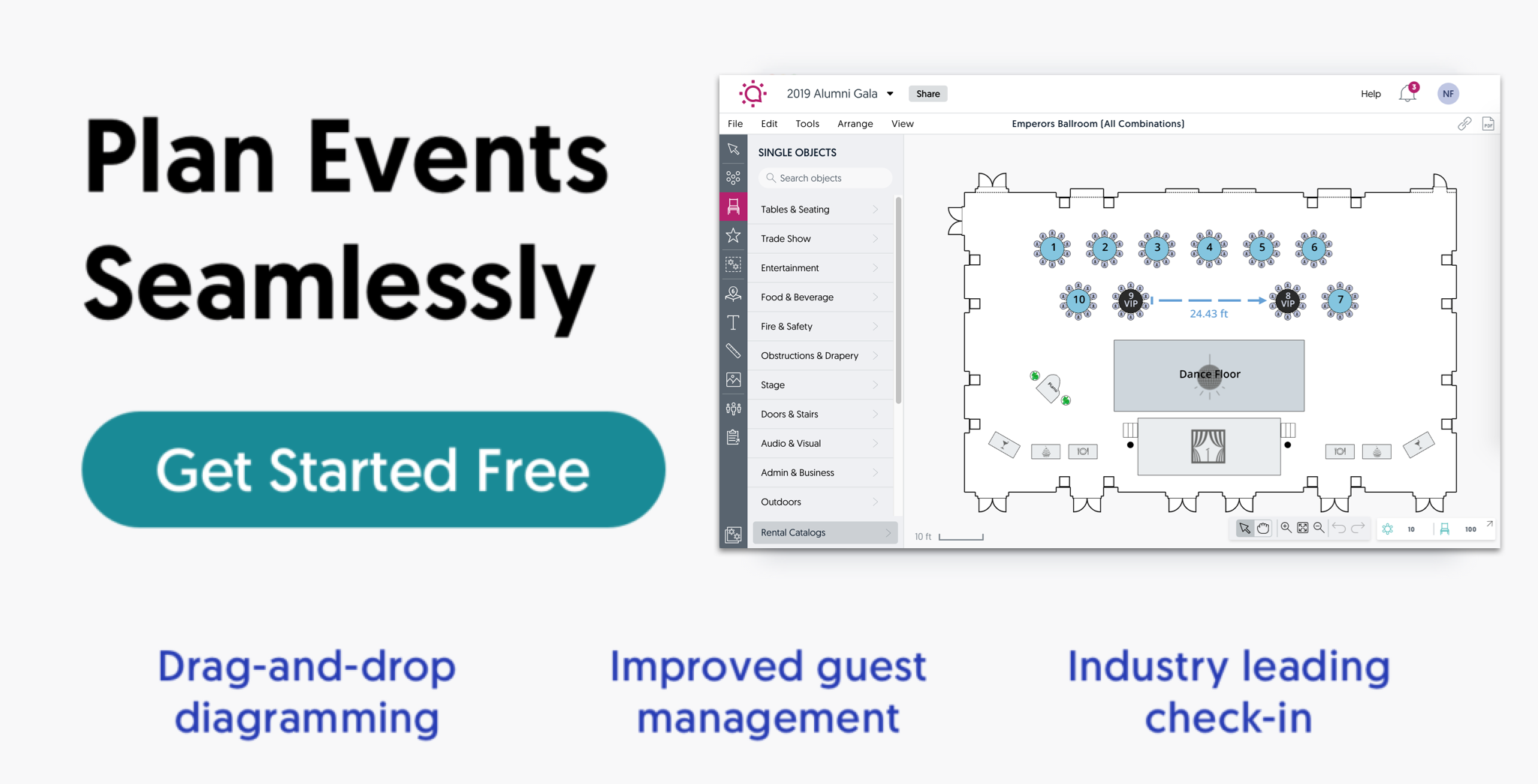
How to Write an Effective Sponsor Prospectus
Acquiring sponsorship is just like applying for a job. Like job hunting, you will send a lot of emails and enquiries and get very few responses in return. You can, though, tip the odds in your favor by writing a detailed prospectus. Think of a prospectus as your cover letter when reaching out to potential sponsors.
1. Create an Opening Statement
The first page is where you introduce your company and describe the event you have in mind. Start by thanking the company for taking the time to review your prospectus and considering your event for sponsorship. Next, talk a bit about your business, what it does, and the demographic it caters to. You can also include the company URL and link to its social media page. Don’t spend too much time here; a paragraph or two will suffice.
Begin discussing the event and why you are requesting corporate sponsorship. Don’t get too detailed about the event here; all the small details will be added in later pages. The introduction should end with a brief description or even a table of contents on what’s included in the subsequent pages.
2. Include Statistics
Sponsors want to see hard numbers. They want to know, for example, what’s the expected turnout for the event, the number of your social media following, average conversion rates, and so on. If you have held past events, then include the data in your statistics.
[Tweet “Acquiring sponsorship is just like applying for a job”]
If your company is a first-timer when it comes to event hosting, then you will need to acquire an estimated number of attendees. This can’t be an arbitrary number off the top of your head. Use online surveys and polls, or the number of tickets already sold to come up with a solid figure that you can present in your prospectus.

3. Explain Your Event in Detail
There should be a section in your prospectus where you explain all the intricate details of your event. This will also include the pricing.
Consider all of these aspects to touch upon:
- Venue rental “ unquestionably the single most expensive overhead cost. Mention the venue or venues you’re considering, why you’re considering them, and the rental cost.
- Workshops/exhibits “ Will there be booths and exhibits? If so, how many and what will each include?
- Food “ Will your attendees be served a full meal or just light refreshments?
- Presentations “ If there will be a lecture, who will be the guest speaker? Will you have to foot the cost for this person’s travel and lodging expenses?
4. What’s in it for the Sponsors?
Sponsors aren’t charities. Like your company, they’re out to make a profit, which means they expect something in return. They want exposure for their own brand, so you’re going to have to lay out how you’re going to do this. Here are some methods to consider:
- Promoting the sponsor’s brand on your flyers, banners, and digital signage
- Including the sponsor’s logo on promotional items
- Giving the sponsor a booth or exhibit of its own
- Have the guest speaker mention the sponsor’s product in passing during the presentation
- Continual effort to promote the sponsor both before and after the event.
You should also mention that you’re flexible and open to any suggestions on their end. Remember, you are the one reaching out and making the request. The sponsor can do without your event, but you can’t do without sponsorship. With that in mind, what will you be willing to give in return that warrants the sponsor’s funds?

5. Provide Sponsorship Options
Your prospectus should include the estimated funds you will need and are requesting. The figure, whatever it may be, will not be a small number by any means. This may be too much money for a sponsor to part with especially considering that your company may still be relatively unknown. This is why your letter should include more affordable options that allow the sponsors to test the waters with your upcoming event.
If you need $50,000, for example, then add that you’re willing to settle for a smaller amount, such as $25,000. Of course, this also means the sponsor will get less in return, perhaps being only allotted one tradeshow booth instead of two. Lay out multiple funding amount options and what you’re willing to give in return for each option.
6. Personalize Each Prospectus
Your prospectus will likely contain multiple pages outlining all of the previous steps above. More than likely, you will be submitting the prospectus to multiple sponsors for consideration. This is why each letter should be personalized. The majority of the prospectus, such as the event details and statistical information do not have to be changed. The introduction, though, should specifically address the company by name. Try to make it as personal as possible. You can also, for example, add that you were a previous customer and that you especially enjoyed their X and Y products.
People reviewing your prospectus have likely reviewed dozens of others on a near daily basis, so they’re probably good at spotting a generic letter that you also sent to 10 other sponsors.
7. Be Optimistic but Realistic
If this is your first time reaching out to sponsors and your first go at planning an event, then you have a huge road block ahead of you. You’ll be lucky to hear back from even one company for every 10 you contact. With an organized and detailed prospectus, though, you will show to potential sponsors that you are serious and worthy of consideration.
Searching for more information about sponsorship prospectuses?
A structured overview of your event that includes everything a potential sponsor might want to know – audience demographics, testimonials from past sponsors, ROI information, and more.
Detailed information about the event, your organization, sponsorship options and benefits. A sponsorship package is a less formal version of a sponsorship prospectus.


